
City of Botosani
Welcome to the website of my hometown
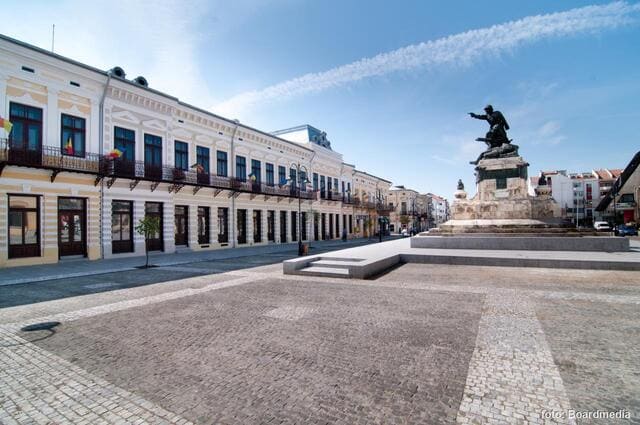
The urban ensemble "Piata 1 Decembrie 1918" houses a series of old commercial buildings, built at the end of the 19th century. The 1 Decembrie 1918 Square Urban Assembly hosts a series of old buildings intended for trade, which were built at the end of the 19th century.
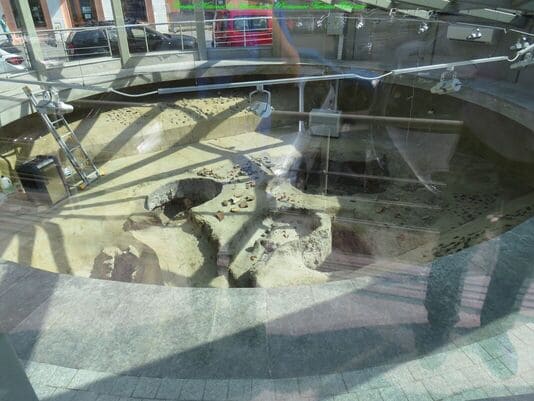
The furnaces discovered during the rehabilitation works of the Historic Center and the pedestrian area are unique in our country and are currently part of the preserved urban complex of the Old Center in the municipality of Botoșani.
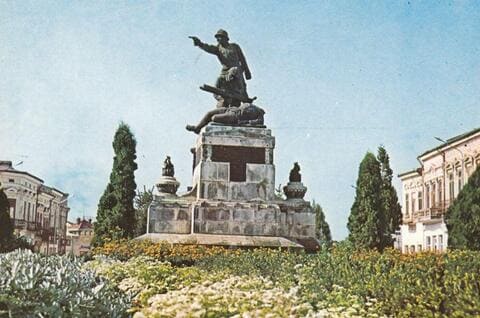
The work was made by the sculptor Horia Miclescu, originally from Botoșan, and was unveiled in the summer of 1929.
Major Grigore Ignat is represented, who was killed by enemy bullets of the central forces, in August 1917, together with the regiments under his command, in the battle of Răzoare.
The monument was made by a local sculptor known as Horia Miclescu and was unveiled in 1929. the statue represents Major Grigore Ignat that died in the battle of Razoare in August 1917 alongside two regiments of infantry
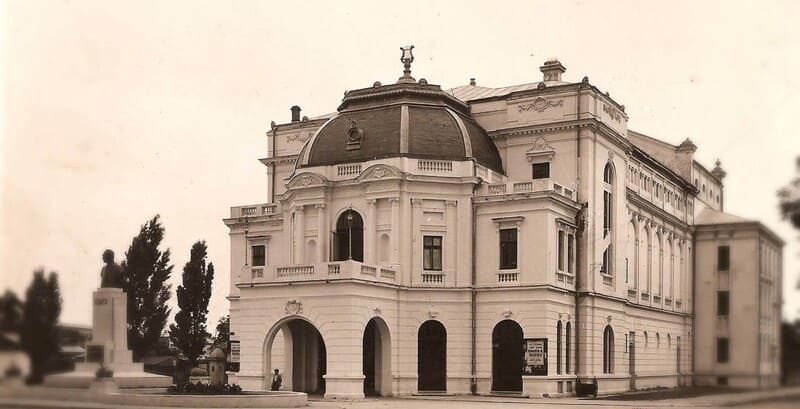
In Botoșani, the history of the theater is much older than the Mihai Eminescu Theatre. The first performance in the ancestral language took place in 1838, when the director of the Noble School, Nicolini, associated with Costachi Caragiali started a series of performances.
In Botosani the history of theater is older than the Mihai Eminescu Theatre. The first representation was in 1838, when Domnesti School's Director, Nicolini, in association with Costachi Caragiali started a series of representations.
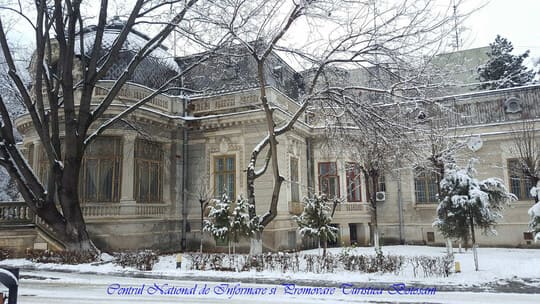
The house on which the Isăcescu House was built belonged to Colonel Nicolae Pisoschi, the assistant of Al. I. Cuza, remained in history through the decisive role he played in the nomination of Colonel Cuza as a candidate of the Unionist Party in the elections for the rulership of Moldova in January 1859.
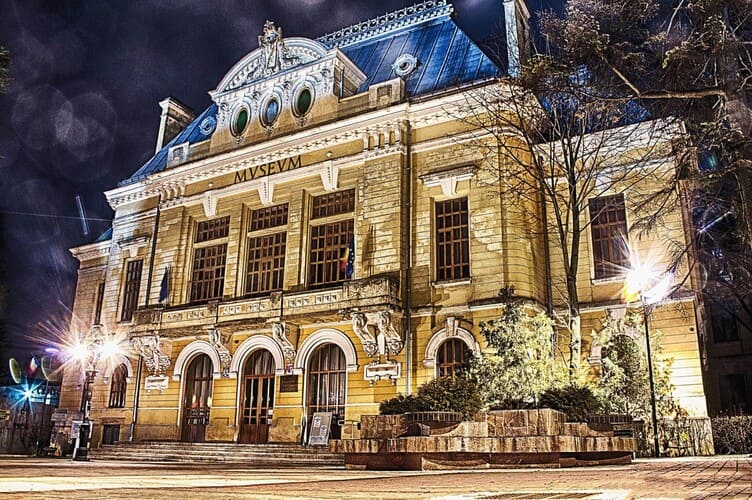
Formerly the Prefecture Palace, the building in which the museum is located was built in the run-up to the First World War, according to the project of architect Petre Antonescu. Initially, the museum had a double profile: history and natural sciences. At the end of 1977, the opening took place the basic exhibition of the History Section of the museum, including elements of archaeology, numismatics, history.
Former Palace of the Prefecture, the building that hosts the museum today was built in the period before WW1, following a project designed by architect Petre Antonescu.
At first, the museum had a double profile: history and nature sciences. At the end of 1977, the main exhibition of the history department of the museum was opened, including elements of archaeology, numismatics, history.
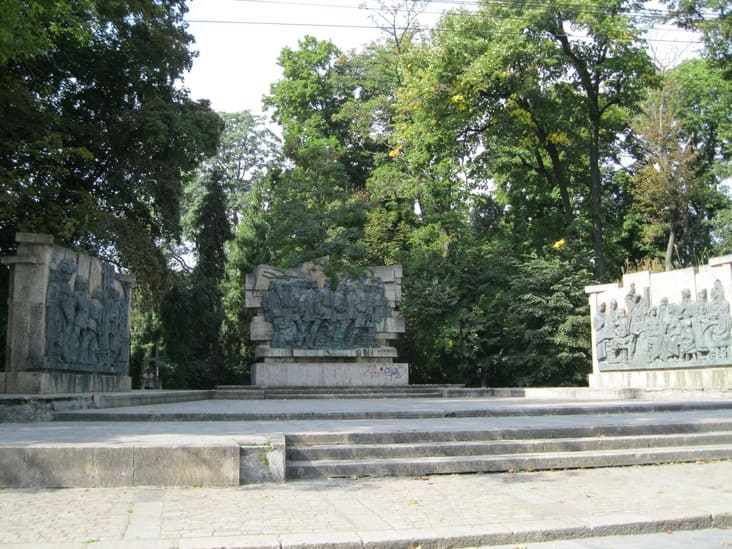
The peasant uprising began on February 21 (8 February s.v.) 1907 in Flămanzi, Botoșani and spread, in the following period, throughout the country. The main cause was the discontent of the peasants related to the inequity of land ownership, which was in the hands of only a few large owners.
